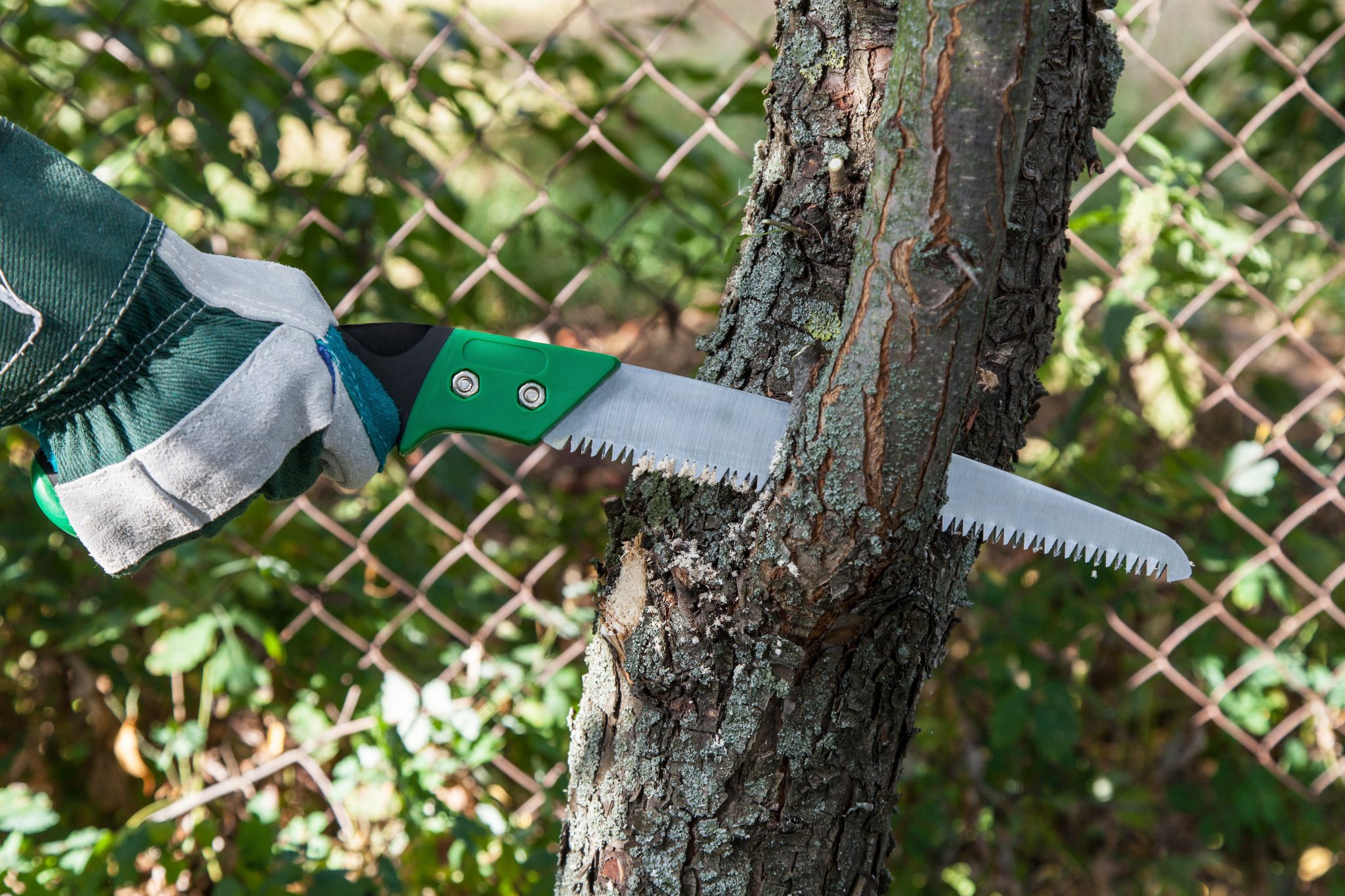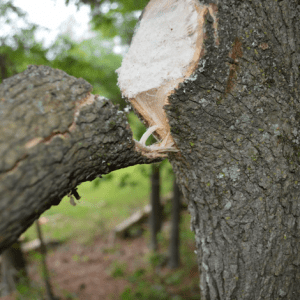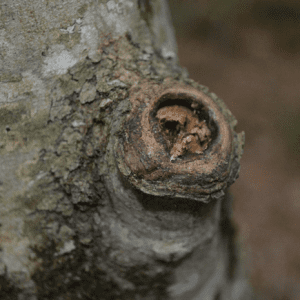Lawn & Garden

Nurseries do a great job in training ornamental trees when they are young and get them off to a good start. Once planted, it is important to continue the training process early in their life by properly pruning when needed. The smaller the branch pruned, the faster the bark will grow over the pruning cut. If the bark does not grow over and protect the pruning cut, problems can follow.
Pruning
Limbs with crossing branches should be avoided. Crossing branches can rub on one another as the wind blows or they can rub as they get larger. The damage done by one branch rubbing against another can be an entryway for problems such as insects and disease. Trees with forked trunks are weak and can become a hazard as they grow. Forked branches can be easily corrected when they are young but not when they get older. It is a good practice to prune large limbs in the winter. However, dead, damaged, or diseased branches that are causing a hazard should be removed as soon as possible, no matter the time of year. Pruning in the late summer or fall is not a desirable time, as new growth may develop and be killed by the cold.
Training
Start training the tree in the spring and throughout the growing season to make sure the tree is growing the way desired. If started early enough, there may be no need to prune late in the year. It is much easier to prune a limb when it is younger than when it is older. If you train the tree for the first several years of its life, it is possible that little pruning, if any, will be needed later.
For more information on training, see the Alabama Extension article Training Ornamental Trees.
Potential Problems
When pruning, do not top a tree if at all possible. Many new shoots may grow where the tree was topped. They will compete for the central leader position, develop narrow crotch angles, and be susceptible to being damaged by the wind. If a large limb is broken by the wind, the bark may not grow over the injury properly. If bark does not eventually grow over the injury, water can enter the tree trunk and cause decay.
When removing a branch from a tree, do not leave a stub. Instead cut the branch back to the trunk or, for smaller branches, cut them back to where they grew from a larger branch. A stub will prevent bark from growing over or healing over the cut properly. The term heal over means for bark to grow over the woody part of the tree.
If the bark does not grow over the injury, eventually the exposed wood will begin to decay and become a path for water to enter. This will eventually lead to more decay, causing the trunk to become hollow. Wildlife love this, but it destroys the strength of the tree. As long as the bark is there to protect the wood, the tree is strong. Think of the bark like you would the roof of your house. Your house is made from wood, and it is strong. A leaky roof will cause the strong wood to decay and become weak.
- Larger limbs pruned incorrectly can cause extra injury by ripping bark off the trunk. The three cut process will remove weight from the limb and limit tree injury.
- When a stub is left, the bark may not grow over the injured portion. If this happens, water can enter the tree trunk and begin to decay the wood inside.
Special precaution should be taken when removing large limbs. Cutting a large limb with one cut next to the trunk can cause damage. This happens when the limb is almost sawed through and the weight of the limb pulls it down. As the limb is falling down, it will begin to pull on the trunk. A heavy limb can rip bark from the trunk and injure the tree.
This damage can be avoided by using the three cut system. For large limbs, this three cut system is used when people want to completely remove a branch or when they are pruning back to another major limb.
- The first cut is an undercut about 18 inches from the trunk. Simply cut the underside of the limb about as deep as 1/4 the diameter of the limb. Any deeper may cause the limb to pinch the sawblade.
- The second cut is from the upper side, out past the first cut. How much past the first cut? Usually about three times the diameter of the limb. If the limb is three inches in diameter, the second cut would be make about nine inches beyond the first undercut. This would remove a lot of weight from the limb. If the limb did begin to rip bark from the underside before you cut through the second cut, it would only rip bark to the undercut and the trunk would be safe from harm.
- The third cut is removing the stub by sawing at the branch collar. The branch collar is the sometimes swollen part at the base of the branch. By sawing at the branch collar, the cut will heal much faster and cause the least amount of injury to the tree. You may choose to start several feet from the trunk removing weight before the final cut at the branch collar.



